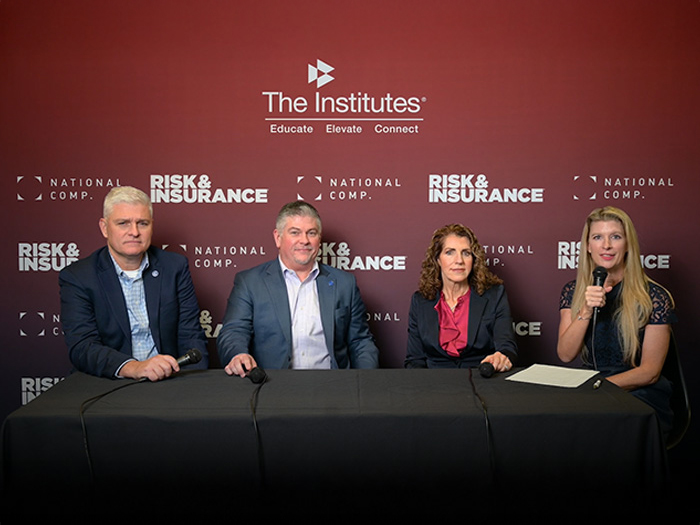Facebook, Apple and Google Know Ergonomics Is Key to Workforce Productivity

When the term ergonomics comes up, it often conjures images of spaceship-shaped mouses or keyboards that seem more at home in a sci-fi movie than on an office desk.
New office equipment may be the most common way workplaces make ergonomic adjustments, but other factors, including the workplace environment and how easy it is to use the equipment, can play a role in whether workers choose to use it.
During the National Ergonomics Conference virtual session “User-Centered Workplace Design,” Facebook’s human factors researcher Danny Nou shared why creating an ergonomically sound environment that workers will actually enjoy using is an important consideration.
Why Environment Matters
Nou shared during his August 26 presentation that top companies like Facebook, Apple and Google know that workplace ergonomics goes beyond ensuring workers are using ergonomically sound equipment.
Many factors affect a worker’s comfort when they’re in the office. Temperature, the location of windows and other factors can all affect a worker’s comfort level, productivity and their willingness to use ergonomically sound equipment.
“All of us understand the environmental impact, but we don’t really include that in our programs,” Nou said.
If a worker’s ergonomically-adjusted office chair and monitor are too close to a window that leaves them sweaty and causes sunlight to glare on their screen, they may not use it, preferring instead to set up a workstation with a laptop in a shady part of the break room.
“This is something where ergonomics, where user-centered design, focuses on,” Nou said. “It focuses on asking what people want to do.”
Many companies may just be considering the role the environment plays in workspace ergonomics. Now that more employees are teleworking due to COVID-19, it can be difficult to monitor whether or not they’re using ergonomically sound equipment.
Workers may have a keyboard poised for proper hand placement and a desktop monitor that has been adjusted to the proper height to avoid neck strain, but when they’re in the comfort of their home, they may opt to lounge on the couch with a laptop instead.
“No longer can we assume everyone has the correct equipment, the proper amount of lighting, that they’re in a space where noise is not a problem, and they’re at a temperature that they feel comfortable with,” Nou said.
To make sure that employees use their ergonomically adjusted equipment, Nou recommends considering ergonomic projects from multiple perspectives.
Ergonomists, designers, engineers and marketing team members should all be included when planning ergonomic changes so that comfort, usability, efficiency and design aspects are all fully considered.
Big companies, including Apple, Google and Facebook, already know that these factors are important, Nou said, and they’ve moved quickly to implement some of these changes.
He likened a strong ergonomics program to Maslow’s hierarchy of needs, which states that people need basic resources before they can move on to intellectual pursuits.
If you adopt Maslow’s pyramid for the modern workplace, basic needs such as comfort and safety — which ergonomic support provides — need to be met before an employee can meet their full creative potential and their highest productivity level.
“One of the things that every company should adopt from the tech industry is that we have to move fast,” Nou said.
“The companies like the Googles and Apples of the world can do these great things and they have these wonderful work environments, because they have all the other needs.”
The Four Pillars of Ergonomic Change
Getting buy-in from company leadership for major ergonomic projects can be challenging, especially if those projects want to tackle areas such as the workplace environment, which aren’t typically considered.
During his presentation, Nou shared four pillars that can help drive ergonomic change: A large part of securing support from leadership is using data to analyze the success of workplace ergonomic programs. Three of Nou’s four pillars centered around data.
The first pillar involves using data to communicate the ergonomic challenges a company is facing. Then data is needed to track improvements over time (the second pillar) and across populations (the third pillar).
The final pillar was shifting your company’s approach to ergonomics from reactive to proactive. A lot of companies wait to address ergonomic issues until there are complaints, but if you’re proactive about making adjustments user discomfort and injuries can be entirely avoided. &










